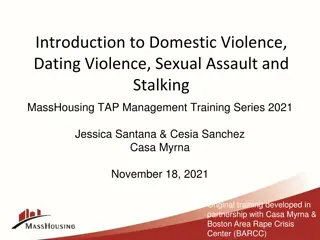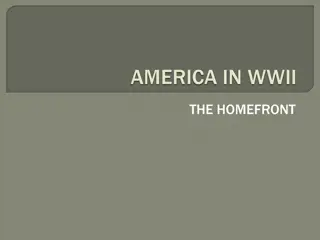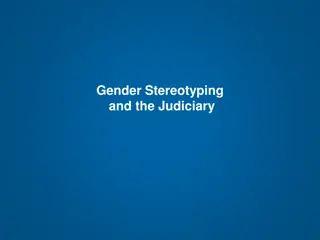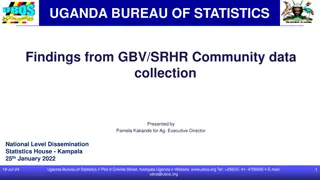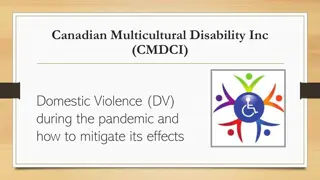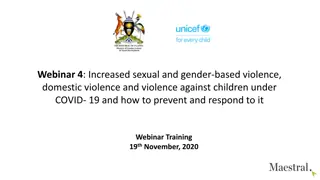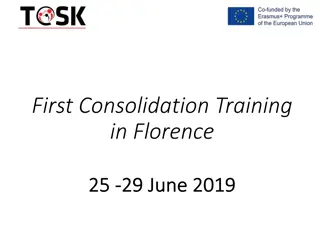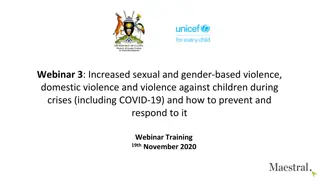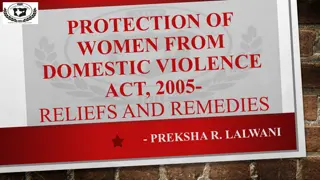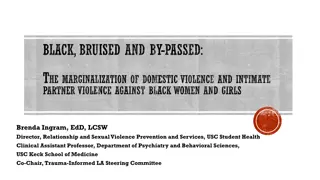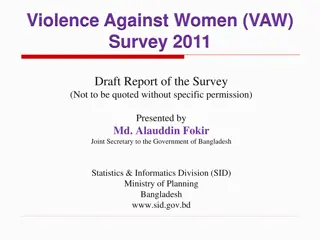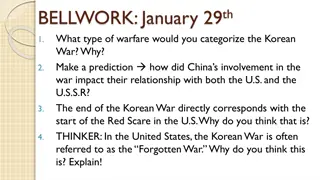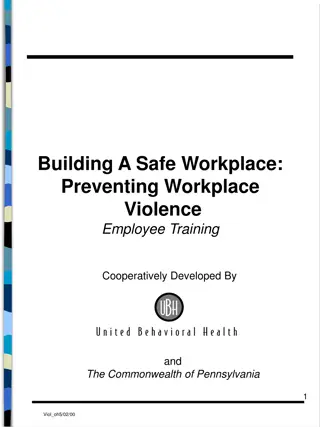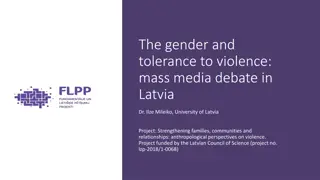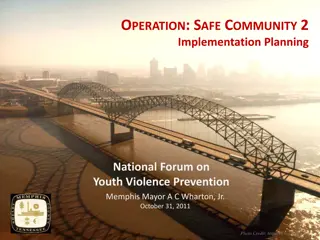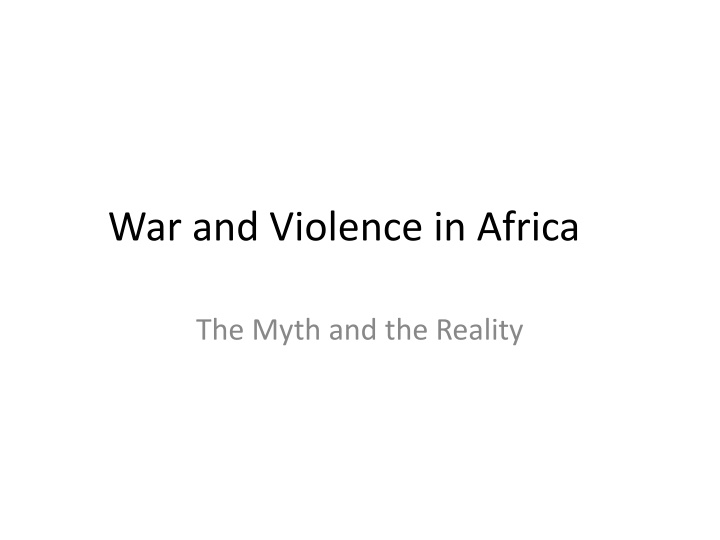
War and Violence in Africa: Unveiling the Truth
Explore the complexities of war and violence in Africa, debunking myths and shedding light on historical conflicts, rise of small wars, and anthropological perspectives. Discover insights on social conflict expressions and the roots of violence in the region.
Download Presentation

Please find below an Image/Link to download the presentation.
The content on the website is provided AS IS for your information and personal use only. It may not be sold, licensed, or shared on other websites without obtaining consent from the author. If you encounter any issues during the download, it is possible that the publisher has removed the file from their server.
You are allowed to download the files provided on this website for personal or commercial use, subject to the condition that they are used lawfully. All files are the property of their respective owners.
The content on the website is provided AS IS for your information and personal use only. It may not be sold, licensed, or shared on other websites without obtaining consent from the author.
E N D
Presentation Transcript
War and Violence in Africa The Myth and the Reality
History of Wars in Africa Independence movements: mainly peaceful (protests, riots); armed conflict in some countries, mainly those with white settlers The Cold War (1945-1990): proxy wars in Angola, Mozambique, Somalia, Ethiopia; not nuclear weapons, but the AK-47
Rise of Small Wars The use of the AK-47 or other low-tech weapons (machetes) Confusion who is fighting: the rise of the sobel (both intent on living off civilians and capturing economic resources: e.g., diamond mines in Sierra Leone, elephant tusks in eastern Congo) High civilian casualties: sometimes the direct victim of an attack; more usually, death from displacement, difficulty getting resources: e.g., in Sierra Leone, 15,000 civilians killed and 40% displaced internally or outside the country (out of population of 4m). Koidu Diamond Holdings, Kono, Sierra Leone
Thinking about violence and war anthropologically Key insight #1: War and violence express social conflict; if we understand the local social order, we can understand violence as political actions What was Peter Uvin s argument about why the genocide happened in Rwanda in 1994? Kigali, Rwanda
Thinking about violence anthropologically Why did the RUF go to war against the state? Richards argues: The crisis of patrimonialism What does this mean? How does this relate to big men/big women Why the focus on youth? Why take over the diamond mines? The movement is a creature of the unresolved contradictions of the post- colonial state (p. 553) Child soldiers of RUF
Thinking about violence anthropologically Key insight #2: Brutality and dehumanization occur through culturally symbolic actions Violence is performative, symbolically communicative Civilized / barbaric (or the current terms: modern or developed ) Why cut off the arms of civilians in Sierra Leone? Brutal acts then become comprehensible Father and child, displaced in Freetown
Thinking about violence anthropologically Rambo s First Blood (1982) as a key myth for the RUF POA, p. 552 Note how global media become re-signified and made meaningful locally
Thinking about violence anthropologically Social harmony = personal health Curing of personal illness = curing of social disorder In the Rwandan genocide of 1994, Why so many checkpoints? Why rape? Why impaling?
Thinking about violence anthropologically Key insight #3 Violence and war may not create a new and different social order Rebellion may express and contain social change What is a ritual of rebellion, according to Max Gluckman? Nomkubulwana, the goddess of rain, harvest, and fertility

